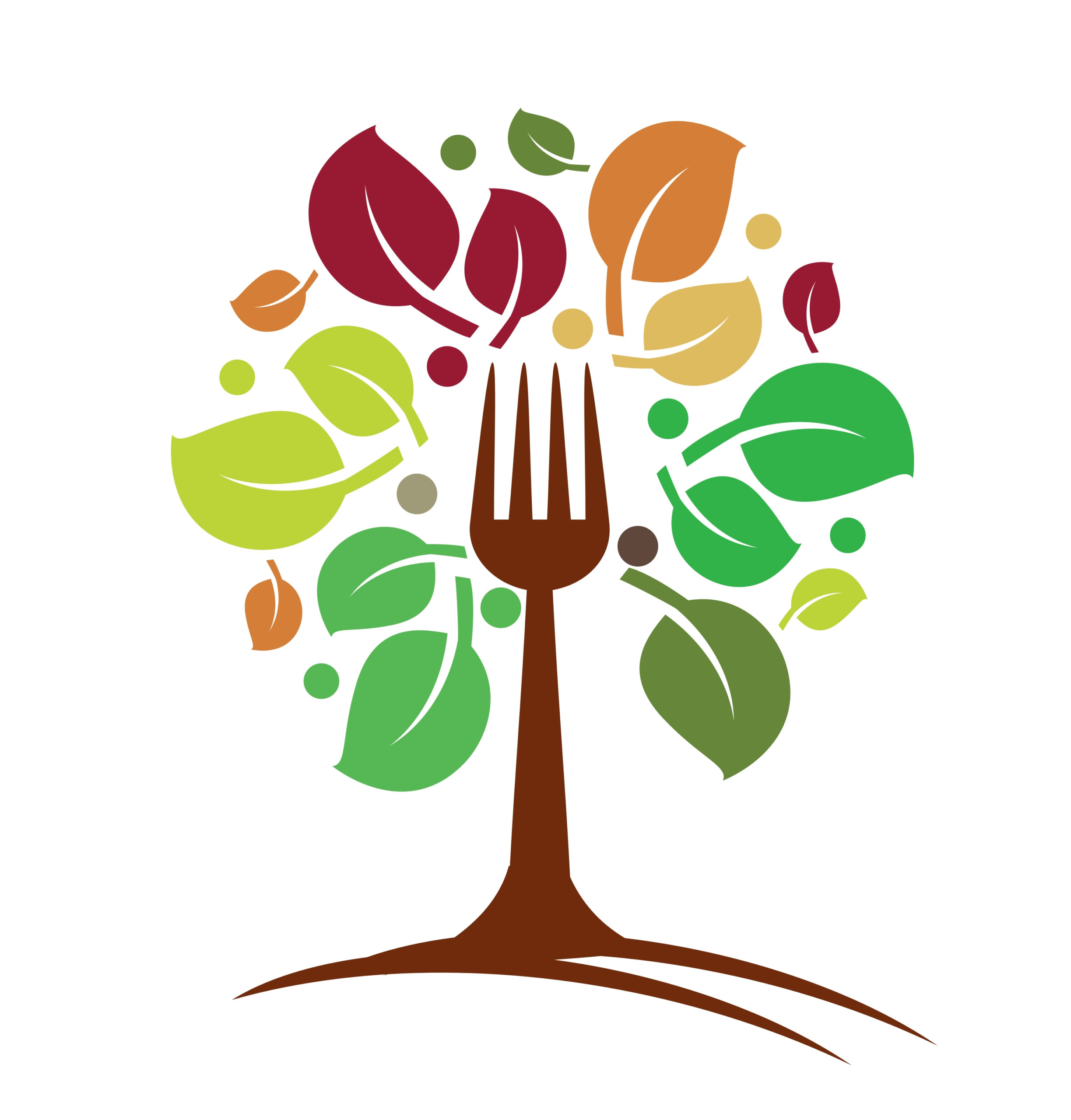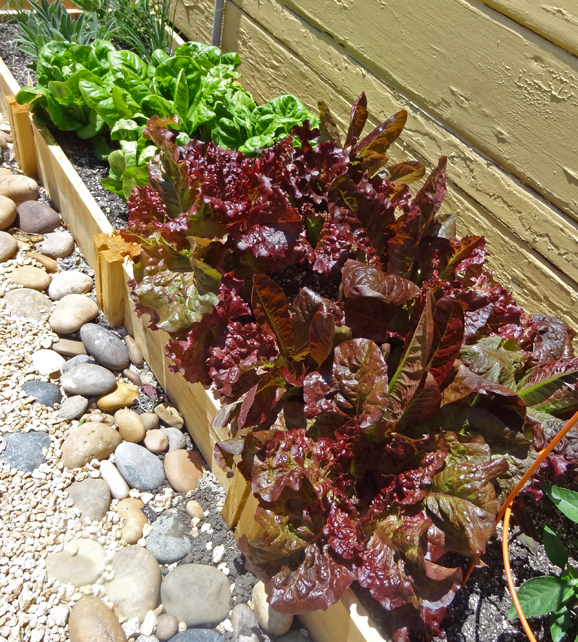Time for the monthly progress report on my little edible garden! (Actually this post should have appeared last week, but the 4th of July holiday delayed things a bit.) We're about 9 weeks along at this point, for those of you playing the home game. Lots of sunshine and more than a few hot days … Continue reading Grow Local: How Does Your Garden Grow? — Part Deux
Tag: ancho chili
Grow Local: How Does Your Garden Grow?
As we're heading into the last weekend of May, it's time for the first update on my attempt to grow food. After just about a month, my little garden is flourishing! To date everything I planted is thriving, and much to my surprise, the lettuce is overflowing the planting boxes. As a comparison, here's what … Continue reading Grow Local: How Does Your Garden Grow?


